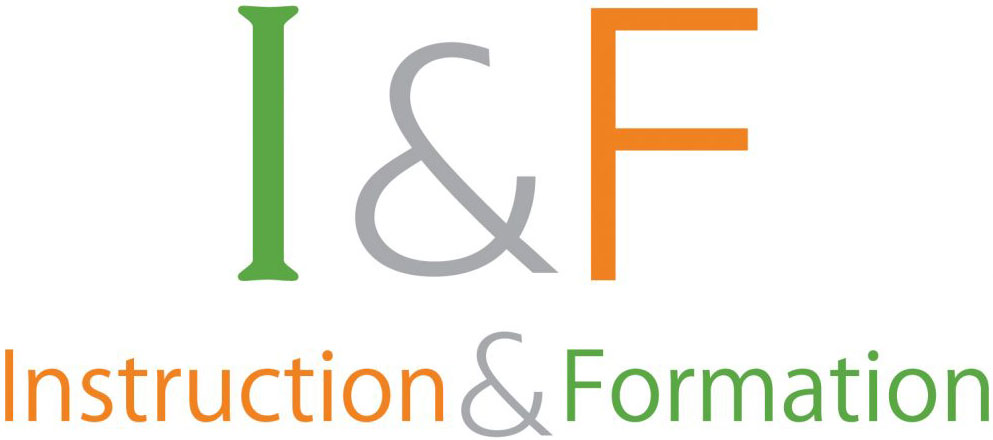Discussion forums
Online discussion forum is a virtual learning environment in which students learning from one another will be emphasized. Students learn in a creative cognitive process where new ideas are offered. In peer discussion the ideas can be criticised or expanded on, and finally reshaped (see Thomas, 2002; Rowntree, 1995).
- Discussion forums can be created with any tool that provides the relevant option or feature for it
- They are usually pre-existing tools in learning management platforms (e.g., Moodle, Edmodo, etc.) or groups that allow members to interact (e.g., Google groups, Facebook groups, etc.)
- Discussion forums often are created with a general theme which further includes relevant threads, e.g., Discussion on Climate changes may hold threads on (a) factors for climate change, (b) actions for improvement, (c) examples of the impact of climate change
- Based on the type of tool and users’ permissions the discussion forum maybe created by (a) the administrator/owner and allow participants to reply to posts, create threads or just reply to posts in pre-existing threads, or (b) any member of the community/group
- Posts and replies can be edited and removed by creators and the administrator, and not by other users
- Posts have date of creation and last edit.
In problem-based learning, after teacher and students have agreed on a question or posed a problem, relevant information and sources of information must be identified and then worked through the question (read more). Discussion forums as a method can be time-consuming for teacher and students. Rather have fewer and deeper discussions than many unsuccessful ones. Teacher is responsible for the design, but students can take the lead, too. If this feels challenging for students, class can start with a synchronous session first. Students are in small groups and those should be tasked with tracking down sources and creating open-ended discussion prompts for their classmates to answer while they facilitate and respond to postings. The result is a personal connection to the material and to learning. More ways to use discussion forums as a pedagogical application:
- Discussion of current themes (e.g., impact of covid-19 on everyday life) or reading and books or experiences to exchange ideas.
- Developing debate skills of students (e.g., in groups students may be required to develop arguments on different perspectives of the same theme).
- Discussion forum for all questions in the class. This is convenient for online learning and blended learning as questions can also be answered by the rest of the class and not only the teacher.
To provide users (students) access to discussion forums and use them effectively one needs to consider the following:
- 1. Create a discussion forum (with the tool provided through your platform or with an external tool). Give a specific name to the discussion forum relevant to its purpose.
- 2. Decide if the theme needs to have sub-themes and create the corresponding threads. Each thread should have a specific title relevant to its purpose, which will clearly show the connection to the general discussion theme.
- 3. If available, configure the settings of the discussion forum in relation to users/participants’ permissions (e.g., to create new threads, to reply to main subject or to other participants’ responses, to edit/delete own threads).
- 4. If available configure edit time for posts (e.g., some tools allow users to edit their post within a certain amount of time before publishing).
- 5. Provide a first idea and post to introduce the theme of the discussion or thread and initiate discussion between participants.
- 6. Let students know what you expect from them and how students’ work will be evaluated.
- 7. Set clear rules and expectations by including detailed instructions. These should also include Netiquette Guidelines.
- 8. Encourage interaction and contribution by all students and provide different options for participation (provide full answers to particular themes or questions; reply to other participants’ posts; express agreement or disagreement; elaborate on already provided answers, etc.)
- 9. Subscription: If the option or feature of Subscribe to forum (or Follow discussion) is available encourage students to subscribe. This option allows participants to receive email notification for posts in the discussion forum, making it easy to follow and participate.
- 10. For students with disabilities look at the accessibility features of the tools, as well as the design of those to fulfil basic accessibility principles. Most tools allow some level of accessibility. For basic accessibility principles and more information please consult our Basic Accessibility Guidelines













